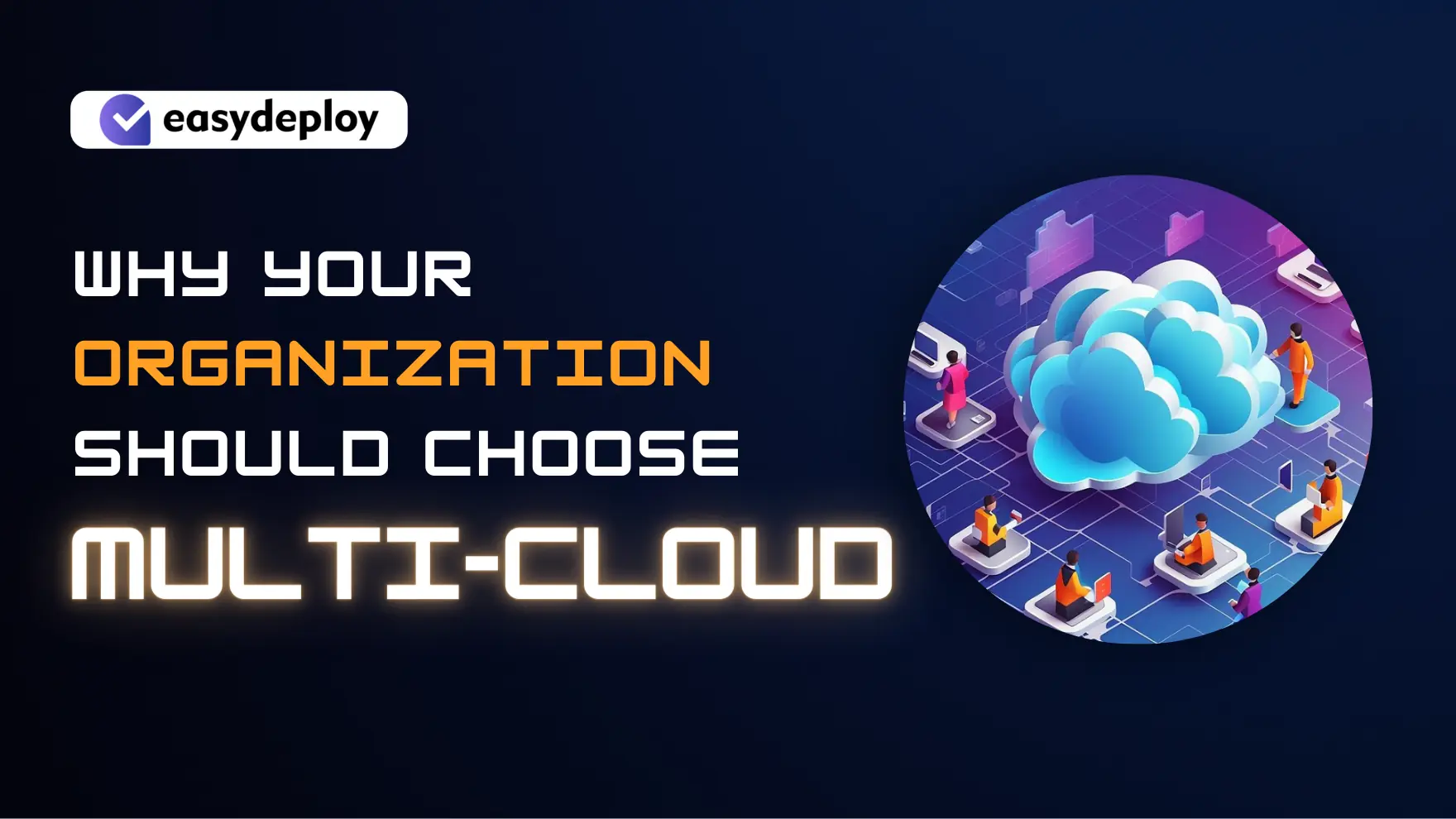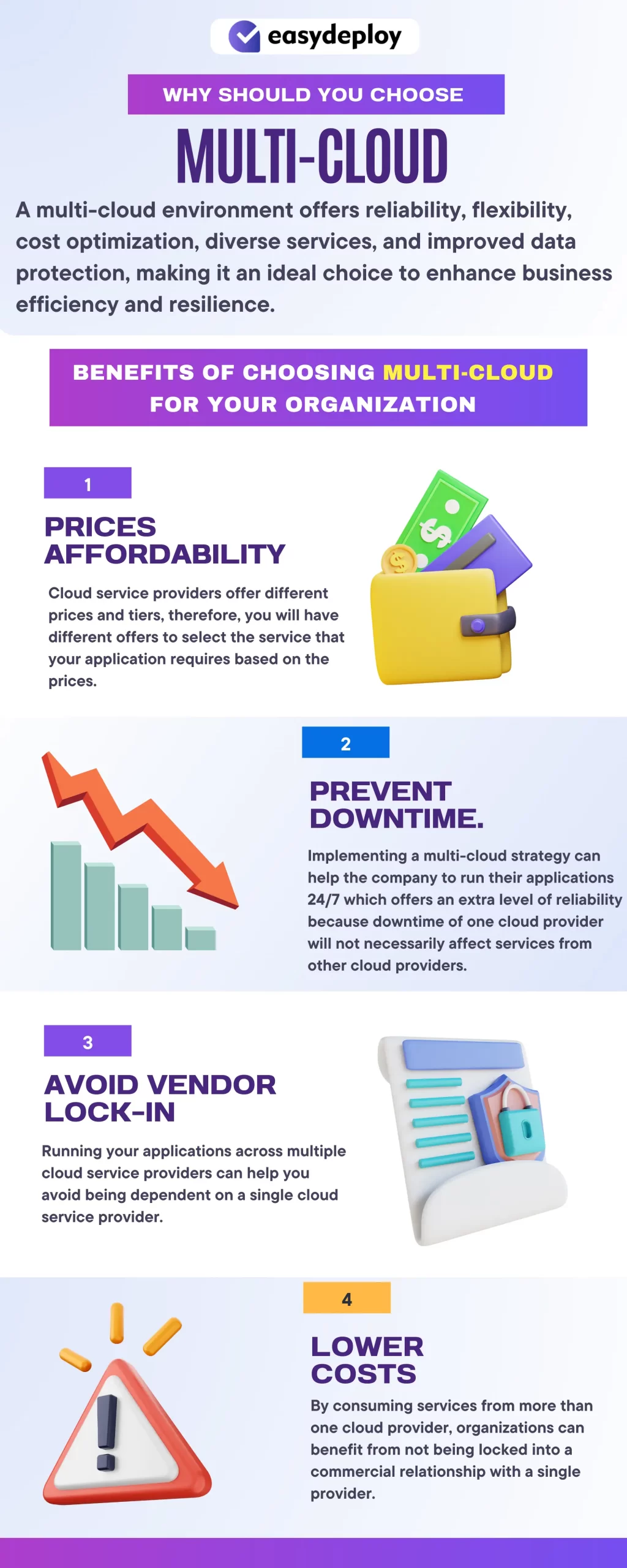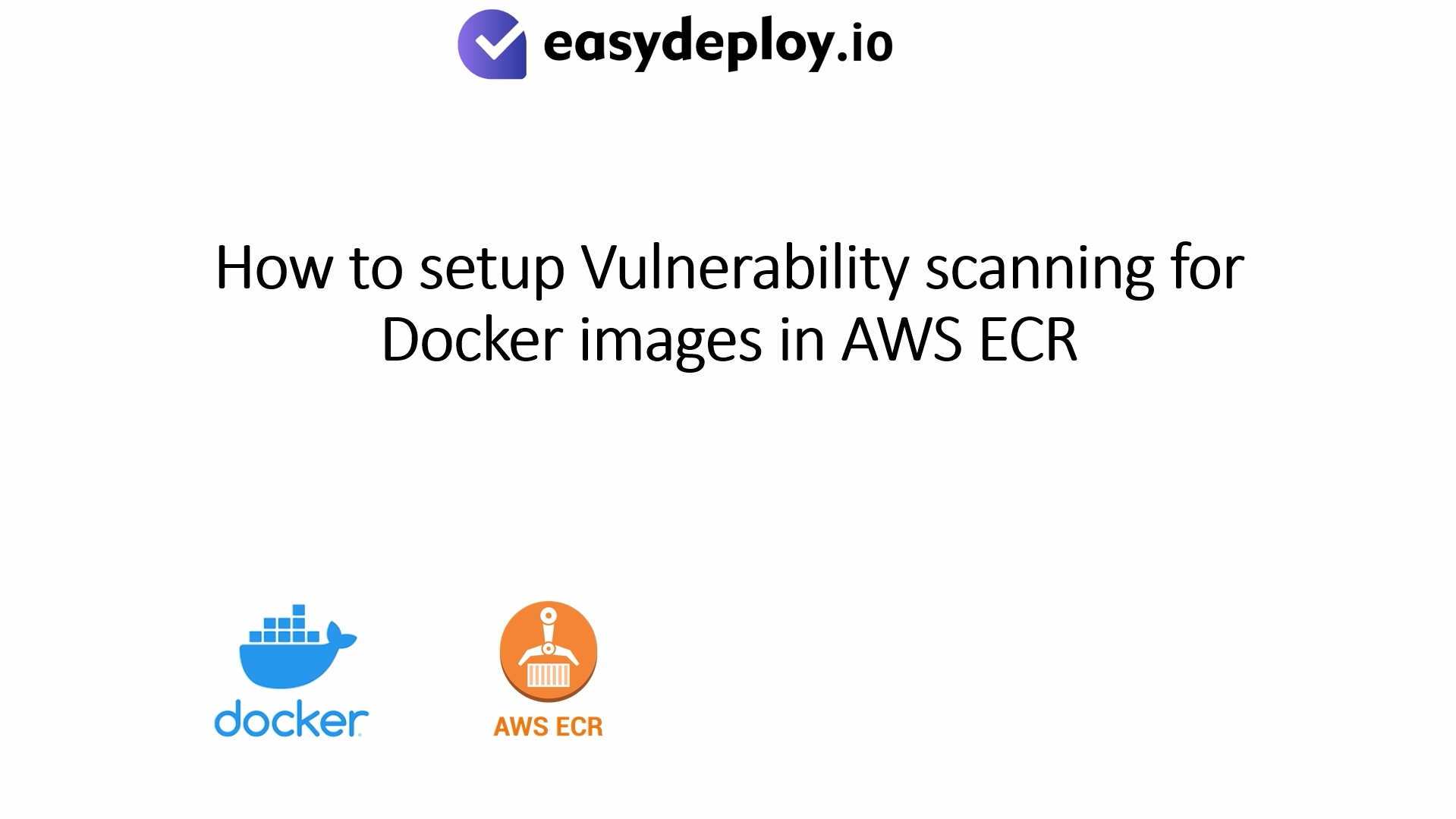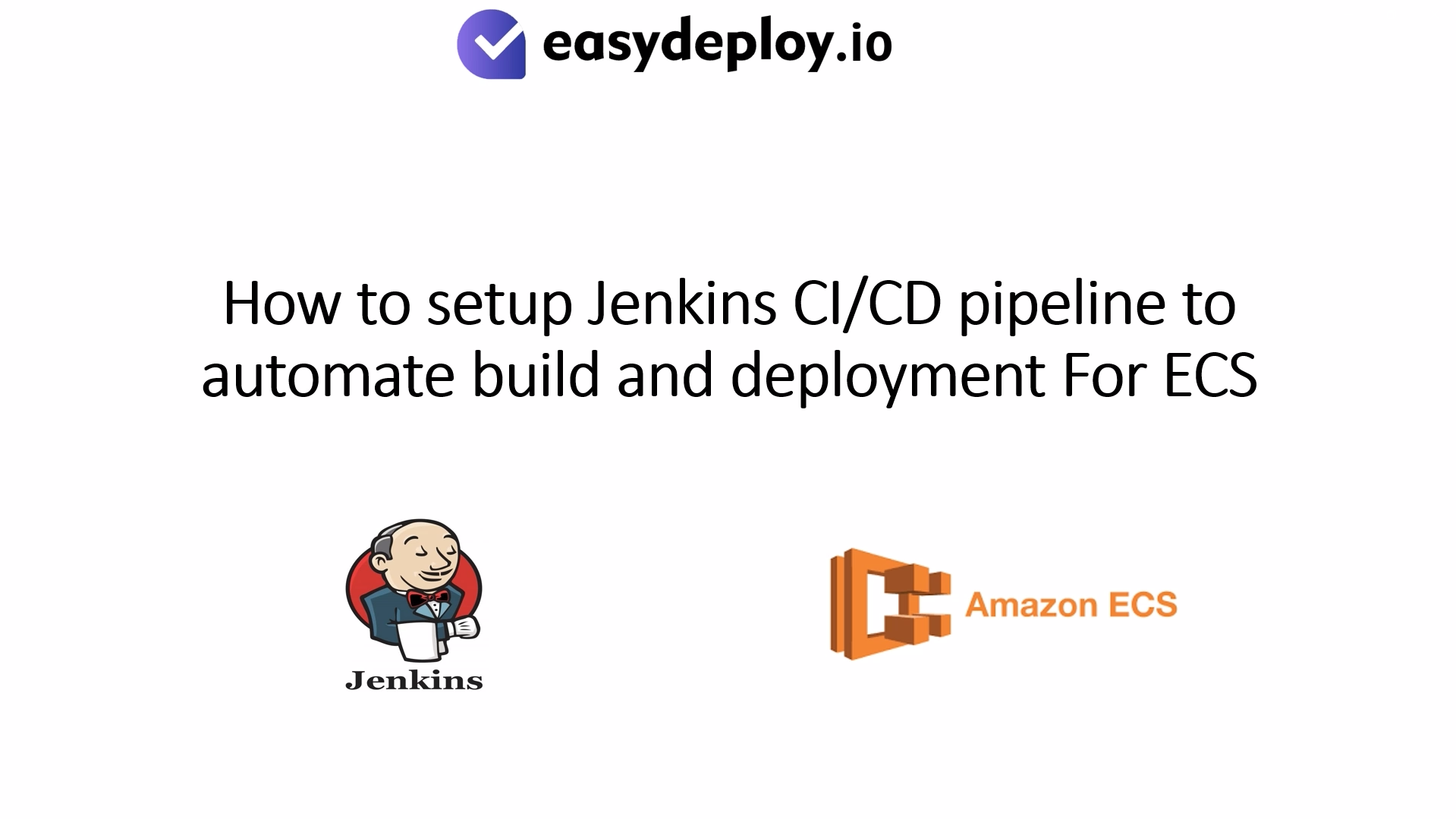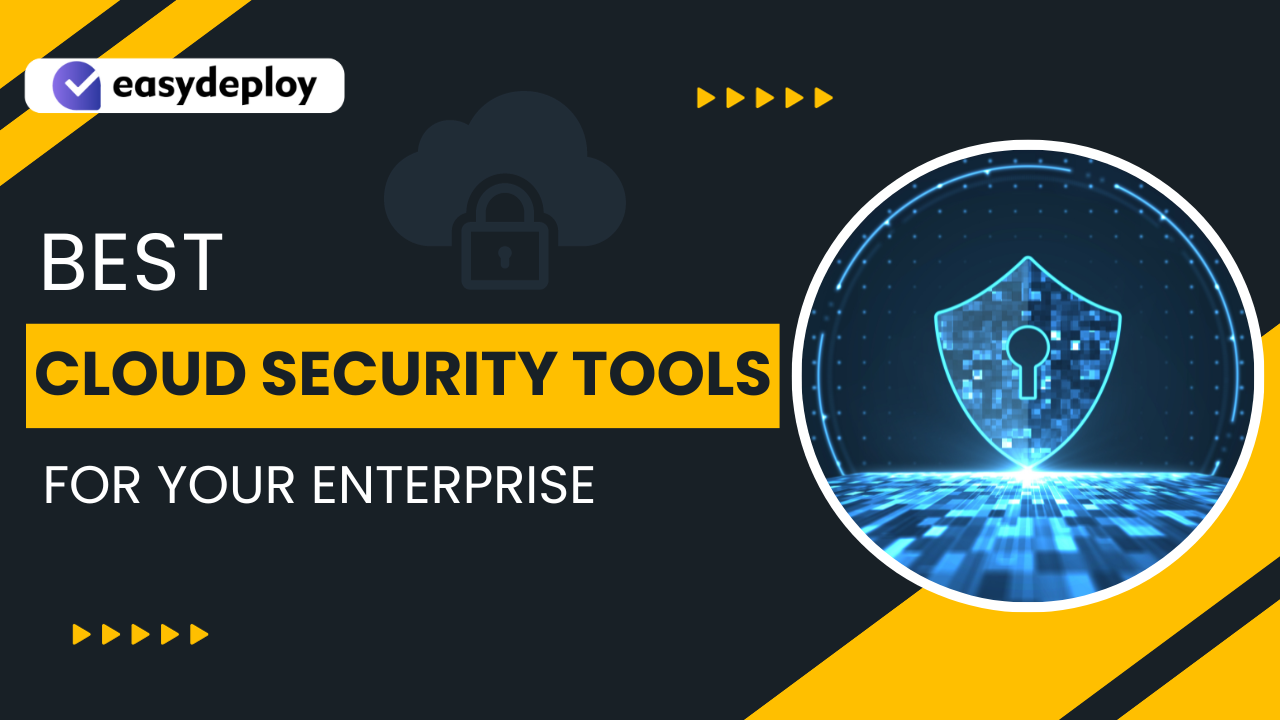In today’s world, every business is shifting their applications and services into the Multi Cloud strategy to gain valuable benefits from it.
Migrating to cloud technology delivers a wide range of benefits ranging from not having pricey servers to the highly developed infrastructure, increased scaling, and easy deployment. However, in many industries, the adoption of a cloud strategy need not be necessary. It means the adoption of a multi-cloud strategy is in the main discussion.
Before assessing the potential of a multi-cloud strategy, businesses must determine if adopting a cloud strategy aligns with their needs. Understanding the requirements to architect their systems as cloud-native should be the first step in this process.
In this blog post, we will take a look at how the organization can choose the multi cloud Service and what are the benefits of going for a multi cloud platform in a detailed way.
Let’s dig in!
What is a Multi cloud?
A multi cloud involves utilizing two or more cloud services from different cloud providers, like AWS Cloud, Azure Cloud, and GCP Cloud alongside an organization’s private cloud capabilities. Typically, this includes consuming Infrastructure-as-a-Service (IaaS) services from multiple cloud vendors, as well as utilizing on-premises or private cloud infrastructure.
Organizations adopt a multi cloud Service for various reasons. Some seek redundancy and risk mitigation, ensuring continuity even if one cloud provider experiences issues. Others adopt Multi cloud management to avoid vendor lock-in, allowing them to maintain flexibility and avoid being tied to a single vendor.
Furthermore, the Multi cloud management allows organizations to choose the best-fit cloud services to meet specific application needs. This may involve leveraging the capacity or unique features offered by a particular cloud provider or utilizing services available in a specific geographical location.
Organizations can benefit from the strengths of different cloud providers and design their cloud architecture to align with their specific requirements, optimizing performance, scalability, and cost optimization by migrating to the multi cloud platform.
Factors to be considered to implement a multi cloud strategy:
When considering whether to deploy multiple clouds, businesses must take into account three primary factors that significantly influence this decision:
- Architecture: In today’s tech landscape, many applications are designed in a modular fashion, allowing them to seamlessly operate across multiple cloud providers and utilize diverse cloud services. The architectural aspect plays a crucial role in the adoption of multi cloud management.
- Sourcing: Making strategic decisions on sourcing can lead to enhanced agility and reduced risk of vendor lock-in. Factors such as performance, data sovereignty, regulatory requirements, and availability all come into play when determining the sourcing approach.
- Governance: By utilizing multi cloud services enables businesses to share tools and establish standardized processes, policies, and procedures, leading to improved cost governance.
By doing so, enterprises can ensure consistent administrative procedures, gain better operational control, and achieve more effective and efficient monitoring of their IT systems across multiple cloud providers.
Things to be considered for successful Multi Cloud Strategy adoption
Developing a multi cloud strategy must follow the below-listed things:
- Assess application needs and business requirements to understand the motivation for adopting a multi cloud approach.
- Plan which cloud services will best fulfill those needs, considering existing applications, unique benefits of each cloud provider, relationship with existing cloud provider portfolio, concerns regarding vendor lock-in, and strategic or business benefits.
- Address potential roadblocks like data silos and architecture differences among cloud providers by implementing an abstraction layer for consistent cloud infrastructure.
- Implement a multi cloud governance strategy to apply policies uniformly and prevent the use of unauthorized ‘shadow IT’ resources.
- Avoid utilizing older platform-as-a-service (PaaS) offerings and focus on migrating PaaS deployments to containerized applications for better portability and multi cloud support.
- Select cloud platforms that meet the defined needs rather than seeking a perfect match for every application, avoiding unnecessary complexity.
- Develop multi cloud pilots to gain competency in managing the strategy and offer necessary training for stakeholders to adapt to the changes.
By following these steps, organizations can successfully develop and execute a multi cloud strategy to leverage the benefits of multiple cloud providers while optimizing performance, cost, and efficiency.
Reasons Why Organizations Choose a Multi Cloud Services
Although a multi cloud approach comes with numerous advantages, it also has several challenges when it comes to initiating and managing workloads across multiple clouds.
Enterprises must carefully assess various aspects before implementing a multi cloud strategy, such as ensuring a smooth migration from a single cloud to multiple clouds or transitioning between different platforms while maintaining security, performance, and cost efficiency.
Despite the complexities involved, adopting a multi cloud solution offers several benefits for businesses and they may include:
- Flexibility & Scalability: Enterprises can effectively adjust their storage capacity based on business needs by adopting a clever multi cloud approach. With automation and real-time syncing, a multi cloud system offers an ideal location for data storage, enabling businesses to scale up or down effortlessly.
- Ability to Select the Best multi cloud Providers: By integrating multiple clouds, administrators can strategically choose the most suitable cloud hosting service provider for each specific workload. This flexibility allows businesses to optimize their operations by leveraging different providers based on factors like upload speed and service terms, enhancing agility and adaptability.
- Agility: The growing trend of businesses using an average of five different cloud platforms highlights the adoption of multi cloud setups. Embracing a multi cloud infrastructure enhances agility and workload mobility, proving beneficial for businesses struggling with on-premises infrastructure, IT systems, and hardware supply.
- Improved Risk Management: Implementing multi cloud solution offers one of the key benefits such as improved risk management. By swiftly shifting to another service provider, private cloud, or backup, businesses can mitigate the risk of attacks or infrastructure failures. Redundant systems with strong authentication, API asset aggregation, and vulnerability testing enhance risk mitigation capabilities.
- Vendor Lock-in Prevention: Through a multi cloud strategy, businesses can thoroughly assess and negotiate the terms, advantages, and drawbacks of different service providers before making decisions. This approach helps prevent vendor lock-in issues and empowers businesses to review agreements before committing to a particular relationship.
- Competitive Pricing: The rise in multi cloud service providers has increased competition in the industry, leading vendors to offer competitive pricing to attract more cloud consumers. Enterprises can benefit from comparing various options to find the best fit for their needs.
- Improvement in Network Performance: Apart from integrating seamlessly with existing IT infrastructure, a multi cloud infrastructure enables the creation of a low-latency, high-speed network, further enhancing overall performance.
Both a multi cloud strategy and a deeper relationship with a single public cloud provider have their advantages, disadvantages, and associated risks. The decision on which approach is right for your organization depends on various factors, including business priorities, available resources, organization size and technology needs. While the trend towards multi cloud strategies is strong, it may not always be the best fit for every case.
Under the appropriate circumstances, a multi cloud strategy can lead to significant cost savings, improved performance, reliability, multi-cloud, and flexibility. However, under the wrong circumstances, it could result in adverse outcomes.
It is essential for organizations to conduct a thorough analytical review of the pros and cons of a multi cloud strategy in their specific context. Understanding the unique needs and challenges of the organization will help make an informed decision on whether to adopt a multi cloud approach or explore deeper partnerships with a single cloud provider.
Pros and cons of multi cloud Platform
A multi cloud Service offers numerous benefits, including agility, scalability, redundancy, and cost-effectiveness. As its popularity grows, decision-makers need to be aware of both the advantages and disadvantages associated with adopting such an approach.
Pros
The advantages of going for multi cloud platform such as:
- Lock-in risk reduction: Minimizes reliance on a single vendor, providing more flexibility and negotiation power.
- Access to the latest and best services: Enables businesses to leverage the most suitable cloud services based on their specific needs and preferences.
- Business Continuity and Disaster Recovery: Enhances resilience by distributing workloads across multiple clouds, ensuring continuity in case of any service disruptions.
- Workload optimization: Optimizes resource allocation and performance by deploying workloads on the most appropriate cloud platform.
- multi-cloud: Allows for quick adaptation and response to changing business requirements, reducing time-to-market.
Cons
Here are some cons of adopting the multi cloud strategy in your organization:
- Managing multiple providers: Increases operational complexity and requires efficient management to handle different cloud environments.
- Monitoring complexities: Monitoring and managing cloud-native environments can be challenging, leading to potential issues in performance tracking.
- Network latency and bandwidth consumption: Dealing with intercloud integration costs, especially related to data transfer between cloud providers.
- Overhead of needs management: Requires effective planning and management to align cloud services with business needs.
Despite the challenges, technology business leaders must prepare for an intercloud and multi cloud world. While implementing a multi cloud structure is not without its complexities, it is essential to understand and address these challenges proactively.
Conclusion
It’s evident that a multi cloud solution can offer a multitude of advantages for businesses, effectively addressing various challenges that may impact your company’s operational framework.
Through heightened flexibility and the capability to manage potential risks related to extensive data sets, a multi cloud configuration emerges as the forthcoming choice for numerous organizations. You must ensure that both you and your team possess the appropriate training is crucial to fully harness the benefits inherent in this setup.
Organizations can seek assistance from cloud development service providers like Easydeploy to design and implement best practices for multi cloud management. With customized solutions, businesses can optimize their multi cloud strategy and successfully harness the benefits of a multi cloud approach.
If you need any services from us, please contact us today!

